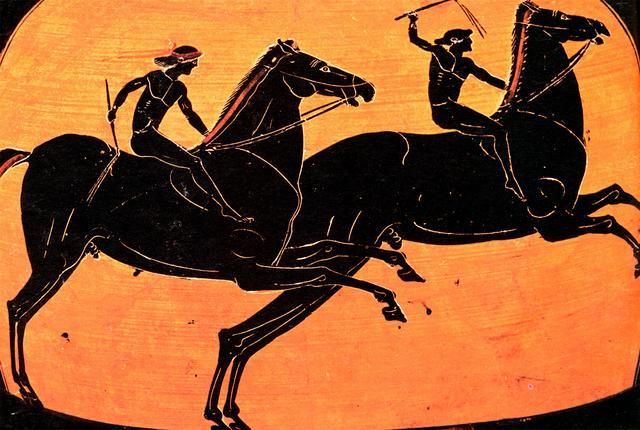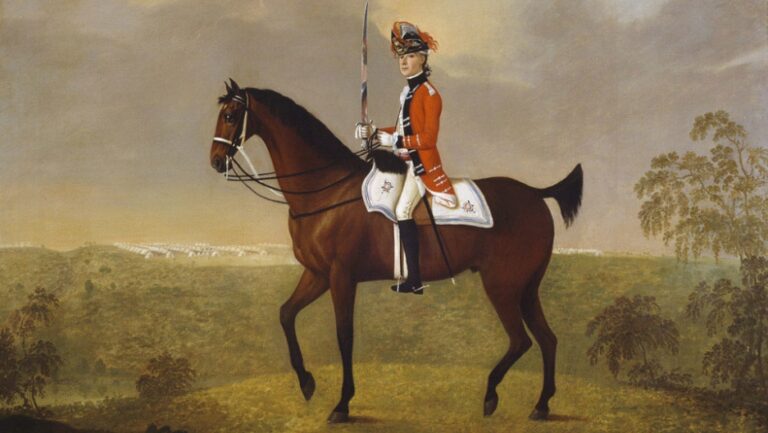History of Dressage


Imagine seeing tanks driving around as an Olympic sport.
That, in many ways, is the modern-day equivalent of dressage. Yes, dressage, the odd-looking sport with well-dressed men and women prancing around on immaculately groomed horses.
That’s because the dainty and elegant sport of dressage originated in the ancient art of riding and controlling a war horse.
Throughout most of history, the horse and its rider have been a weapon of war — like a tank — whose speed, power, and maneuverability are far superior to the common foot soldier.
In battle, the ability to move a horse quickly from side to side, burst into a gallop, or change direction quickly are vital survival skills. The dancing-in-place thing, or “piaffe,” where the hooves paw the ground, may actually have its origins in the need to stomp a fallen enemy.
Dressage riders don’t talk about control, although that’s what it looks like. They prefer to talk about rider and horse working in harmony. The horse is seen as the friend of the rider, trained through kindness. They respond primarily to the rider’s legs and weight, rather than whip and spur.
The equestrian arts go back to when people first harnessed horsepower to their advantage. Since those earliest days thousands of years ago, riders have competed with each other in how well they can control a horse.
